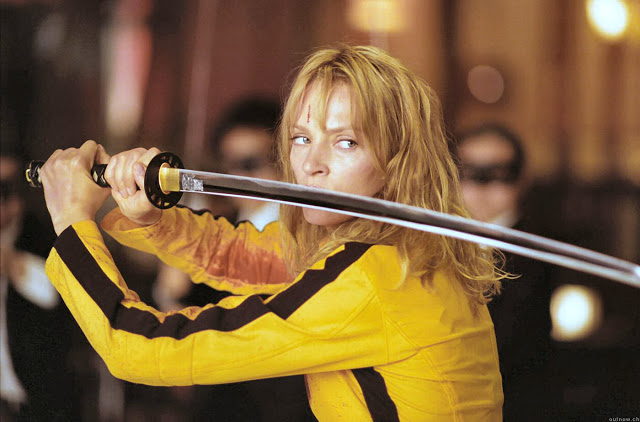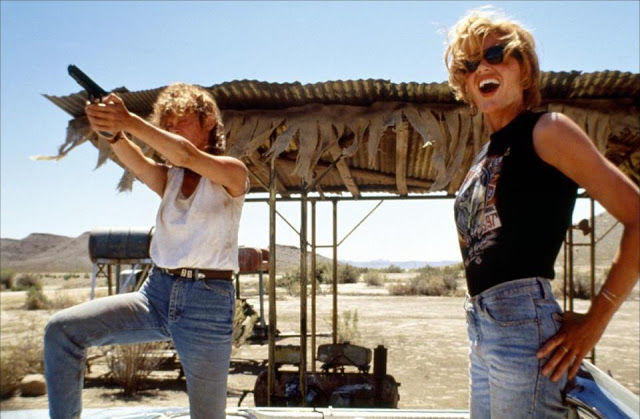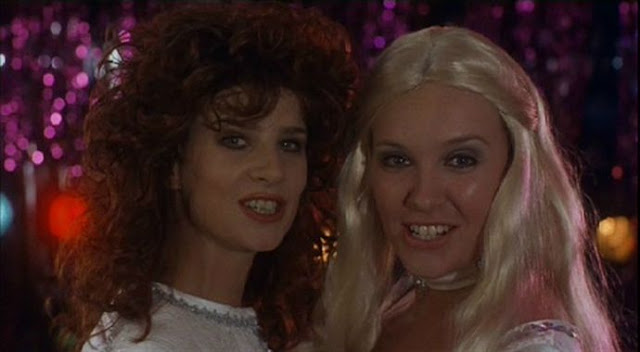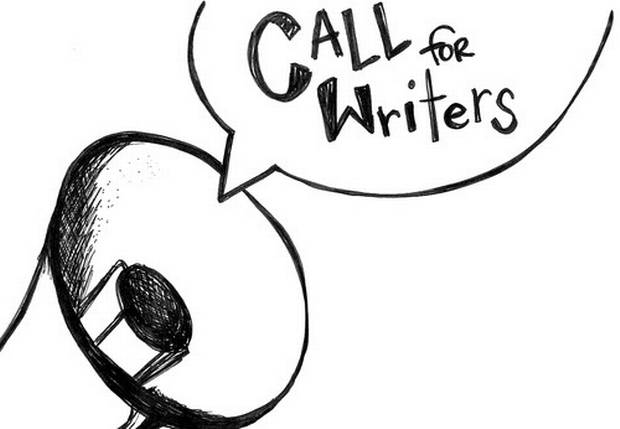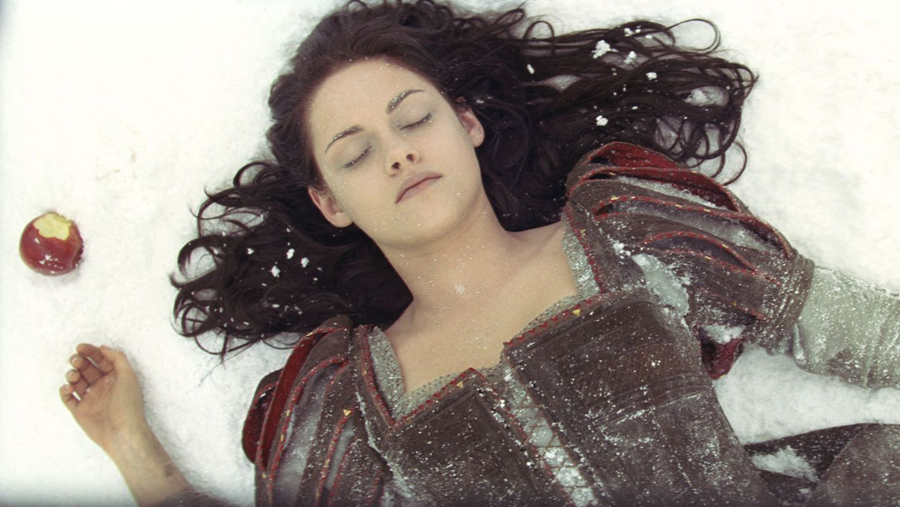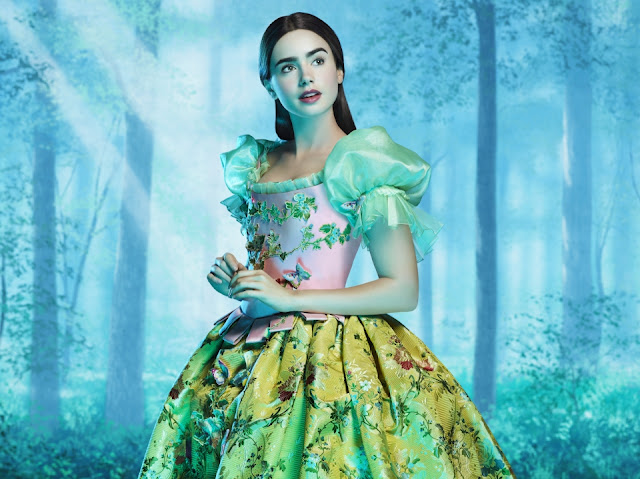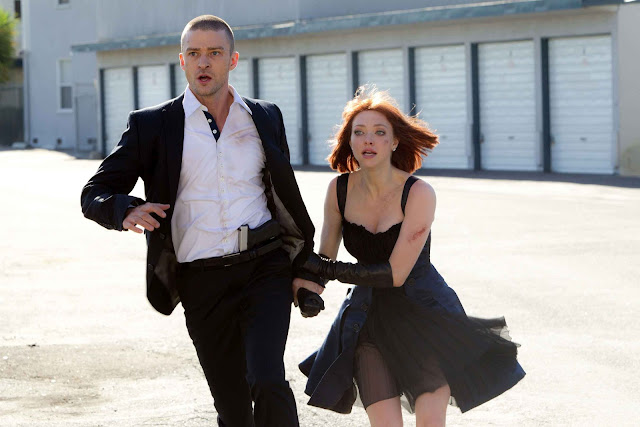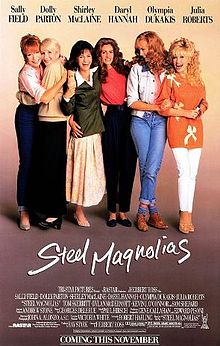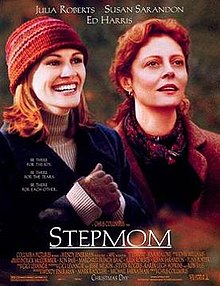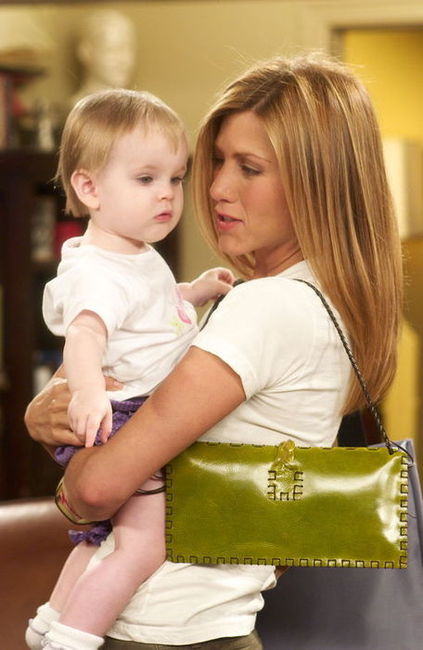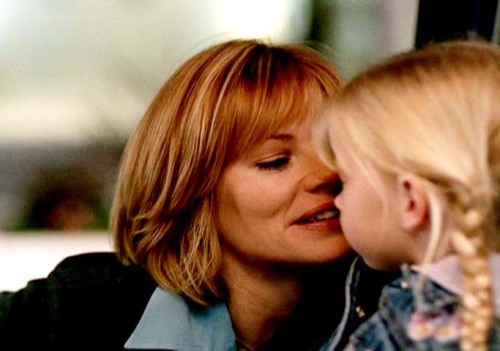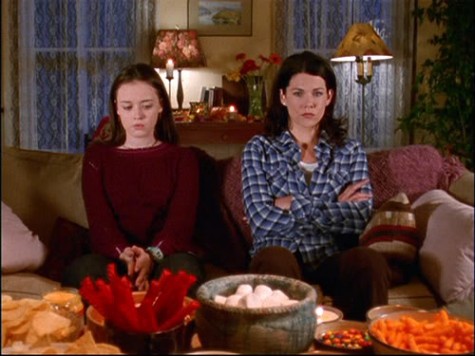 |
| Rory and Lorelai Gilmore are the Gilmore Girls |
This is a guest post from Friederike Wunschik
The two main characters of Gilmore Girls are a mother-daughter pair: Lorelai and Rory Gilmore. There are two things the viewer is told almost instantly: they are only 16 years apart and actually have the same first name (though the daughter goes by a baby-version of it).
The Lorelais’ adventures and development are what propels the series forward. Their relationship is characterized by friendship, mutual understanding and respect, with only a few hiccups when the older Lorelai actually goes into mom-mode. They live in Stars Hollow (the imaginary Connecticut town that serves as the backdrop for most of the series), which is quaint, safe, and homogenous (there are practically no persons of color and income disparity is not an issue). Both are depicted as strong and independent women with the occasional romantic interest that never really threatens this independence.
Lorelai Gilmore is certainly depicted as a non-conventional mother. She has been described as a “disgraced Connecticut Brahmin teen heiress who flees prep school to keep and raise her now teen-aged daughter while estranged from her own parents” (Jennifer Crusie, Coffee at Luke’s, p. 174). But she is not the only mother in the series. Gilmore Girls spends a surprisingly large amount of time focusing on mother-characters, some of which are shown more often and more in-depth than others.
The first episode deals with Lorelai reluctantly contacting her parents (after 16 years of barely talking to them) in order to ask them for financial help. The viewer is immediately aware of the awkwardness and manipulation between Lorelai and her mother, Emily. Later we meet one of Rory’s friends, Lane, whose Korean immigrant mother is shown to be very strict and religious – she is only ever addressed as “Mrs. Kim”.
In subsequent seasons other mothers are show-cased:
- Liz Danes, Luke’s sister (Luke is one of Lorelai’s main love-interests) and mother of Rory’s troubled second boyfriend Jess
- Sookie (Lorelai’s best friend; she becomes pregnant in season 3)
- Sherry Tinsdale (the absent mother of Rory’s much younger half-sister Gigi)
- Lane, Rory’s best friend (she becomes pregnant in season 7)
This list is not complete in any way, and many of the female inhabitants of Stars Hollow take on temporary parenting responsibilities throughout the series.
Despite the various complications and problems the characters experience as mothers, motherhood is depicted as a fundamentally good thing in Gilmore Girls. Each mother in this series tries her best and finds her own solutions to various problems.
However, the different mother-models occasionally clash, causing the characters to question each others’ and their own style and technique. They even go so far as to openly criticize each other, forcing the viewer to consider both points of view and weigh the advantages and disadvantages of the parenting approaches. Nevertheless, it is important to note that every child in the series turns out alright, despite any problems it might have encountered.
In the following paragraphs I will analyze some of the issues the mothers of the series struggle with.
Nurturing and Food
It is easy – but not fair – to extrapolate the quality of parenting a mother provides from the quality of the meals she serves.
One of the most emphasized aspects of Lorelai Gilmore’s mothering, apart from her youthful mother-friend approach, is the lack of home cooking. The Gilmore girls barely use their kitchen and table. They make coffee and Pop Tarts. They order take-out – a lot. The biggest effort Lorelai ever puts into the preparation of food is when she makes peanut butter sandwiches and marshmallow and gummy bear skewers for a movie marathon or “dessert sushi” to cheer up Rory (Season 07 Episode 02; check out
http://gilmoregirlsgourmet.tumblr.com/post/12420447490/dessert-sushi for more on dessert sushi).
 |
| Dessert sushi |
This lack of culinary skill is a matter of pride for Lorelai. She and Rory eat quite a lot junk food during each episode, but most “real” meals are consumed either at Luke’s diner, at Emily’s house, or consist of a selection of take-out eaten in front of the television. Lorelai is a working mom and does not have a lot of time to prepare meals. Her refusal to even try can be interpreted in several ways: she enjoys her consumerist lifestyle too much, she is too much of a child herself to consider providing a healthy and balanced diet to her daughter, or she is happy to be free of a chore she doesn’t enjoy.
 |
| Emily’s dinner table |
Emily on the other hand uses Friday night dinners to guarantee a certain involvement in her daughter’s and granddaughter’s lives. She does not prepare meals either, she has help do that for her. Nevertheless she plans the meals and insists they be eaten at an impeccably set dining room table. Because she tries to control Lorelai’s life through the forced attendance, these dinners are often the site of conflict; in one instance Emily even tells the maid to take away Lorelai’s plate, thereby showing the viewer how much she is willing to use these meals as a means of control. (S04E06)
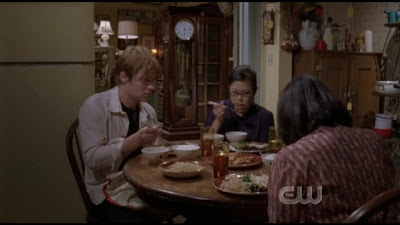 |
| Mrs. Kim’s dinner table |
Mrs. Kim’s Korean cooking is only used to highlight her Otherness. Lane longs for the pizza and candy diet Rory is on, yet she must endure weird foreign food that none of her friends know. Because Mrs. Kim is so strict about a healthy diet, Lane is forced to hide a stash of candy bars under the floorboards in her room and is afraid to eat fried foods, convinced her mother can smell it on her later.
As a chef, Sookie is used to cooking elaborate haute cuisine meals. She likes experimenting with ingredients and tastes. When she is asked to cater a children’s birthday she serves decidedly grown-up food. This incident serves to highlight her unpreparedness for motherhood: how can she look after a child when she doesn’t even know what to feed them? (S04E03) This unpreparedness is mirrored in the final season when Sookie finds out she is pregnant for a third time. (S07E12) After giving birth to her second child, Sookie had ordered (not asked) her husband to get a vasectomy, which he failed to do. This third pregnancy freaks Sookie out and she lists all the ways she is not mentally prepared for this baby “there was less than 4000 left […] diapers! For the last year and a half I’ve been changing more than 20 diapers a day! […] There was a light at the end of the tunnel. […] Diaper rash, colic, and potty training.”
Controlling One’s Child
As mentioned before, Emily uses Friday night dinners to keep tabs on both her daughter and granddaughter. She has a history of trying to control every aspect of Lorelai’s life (Lorelai occasionally compares her mother to dictators). Lorelai says that she would have run away, teen pregnancy or not, because she had “nothing in that house; I had no life, I had no air; you strangled me.” Emily argues that she did everything to provide a good life for Lorelai “I put you in good schools, I gave you the best of everything, and I made sure you had the finest opportunities.” (S01E09) These efforts were not only wildly unsuccessful, but might have actually driven Lorelai to actively seek out activities and people her mother would disapprove of. (S07E03)
Given her reaction to her mother’s parenting, it is not surprising that Lorelai is much more lax when it comes to Rory. Lorelai tries not to pass too much judgement on boyfriends and is not too strict about curfews. However, when Rory slips up and doesn’t come home at all (S01E09), Lorelai almost lets Emily convince her that Rory will make the same mistakes Lorelai did and will “ruin everything” by becoming a teen mom.
Emily is not the only one to criticize Lorelai’s laissez-faire attitude: Mrs. Kim confronts her in S01E07 and tells her “maybe you should be less busy […] then you could keep your daughter from running around kissing boys. […]” Arguing that “Lane is a young impressionable girl, she doesn’t need to hear about your daughter’s kissing.” Obviously Mrs. Kim feels that Lorelai and Rory are undermining her efforts to raise Lane appropriately. In the end, her strict parenting does not stop Lane from dropping out of college, joining a band and marrying a man who is not Korean. Nevertheless, Mrs. Kim makes peace with that in the end, helping her son-in-law to write a song, throwing Lane’s wedding, and offering her support when Lane unexpectedly becomes pregnant. None of her religious parenting has really stuck, except one thing: Lane won’t have sex until she is married and when she does have sex she comes away believing that her mother was right when she said it is not enjoyable at all. (S07E02)
Liz Danes presumably also had her first child very early, though not as early as Lorelai, and her son Jess serves as an example of a child running wild because his mother cannot control him. She is a single mother and somewhat of a wild child herself. Because she cannot provide a stable household to her son, Liz sends Jess to live with his uncle Luke in Stars Hollow. Despite being a troubled teenager, Jess later finds happiness in running an independent publishing house. (S06E18) Liz becomes pregnant again in season 6. This second pregnancy makes Liz panic and she convinces herself that her husband, TJ, will be a horrible father and she needs to avoid the mistakes she made with Jess. (S06E21) In the end, though, she and TJ are very happy together and have fun raising their daughter.
Parental Absence
Absent parents play a substantial role in Gilmore Girls. Lorelai is a single mom, Liz was a single mom, the viewer is never told whether there is a Mr. Kim or not, even Luke finds out he’s missed the first 12 years of his daughter’s life because he didn’t know about her. Yet, the parent whose absence is seen as most problematic is Sherry’s.
Shortly after Rory’s father, Christopher, decides to be more involved in his daughter’s life, the viewer is introduced to his girlfriend Sherry (S02E14), only to find out that Christopher is unhappy in his relationship and wants to leave her. Nevertheless, when he finds out she is pregnant, he goes back to her. (S02E22) Two years later Sherry leaves Christopher and their daughter Gigi to take a job in Paris, France. (S05E06) After another two years she contacts Christopher and says she would like to see Gigi again. (S07E07) Her disappearance and reappearance drive the plot of several episodes in which Lorelai and Rory contemplate and try to make sense of Sherry’s actions. Although ultimately no real judgement is passed, the Gilmore girls are obviously baffled and alienated by this behavior and wary of Sherry’s reconnecting with Christopher and Gigi.
No Bad Mothers Here
Ultimately, none of the mothers shown in Gilmore Girls are bad mothers. Even Emily is shown to be understanding and nurturing. In the end everything turns out alright: Rory graduates from Yale, making her mother and grandparents proud; the entire town of Stars Hollow throws Rory a graduation party, prompting Emily and her husband to express their pride in their daughter for cultivating such strong friendships for herself and her daughter; Jess has redeemed himself and his mother by pursuing an intellectual life as an author and publisher; Lane has reconciled herself with Mrs. Kim and gives birth to twin boys.
Lorelai is obviously celebrated as the best mother in town, she is young, fun, independent, and interested in letting Rory be herself. But throughout the series the viewer sees that she doesn’t have the answers to all the questions and all the mothers are just doing the best they can.
Further reading:
Calvin, Ritch, ed. Gilmore Girls and the Politics of Identity: Essays on Family and Feminism in the Television Series. Jefferson, NC: McFarland, 2008.
Crusie, Jennifer, ed. Coffee at Luke’s: An Unauthorized Gilmore Girls Gabfest. Dallas, TX: BenBella, 2007.
Friederike Wunschik lives in Germany and has an M.A. in American Culture Studies. She occasionally blogs on friederike.wunschik.net. She will become a mother later this year and is excited and terrified at the same time.
